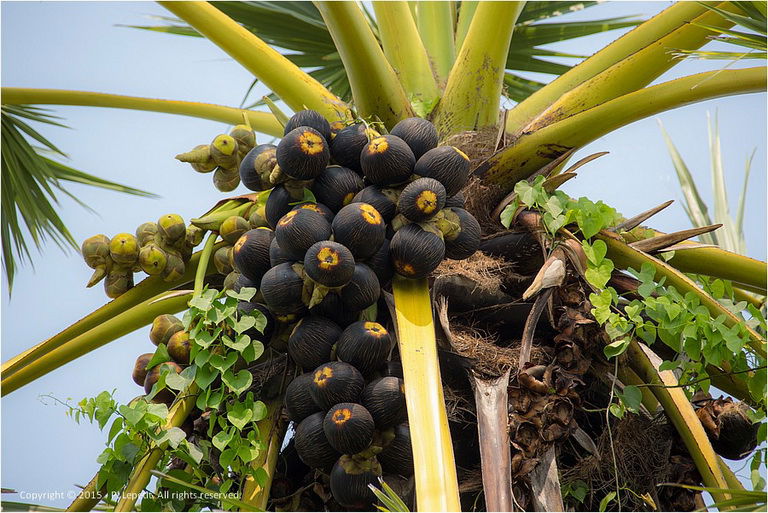Cambodia’s Beloved Palm Sugar
Across Cambodia's countryside, the majestic sugar palm tree, also known as thnaot in local language, has stood for centuries as a staple food and cultural symbol. Nicknamed the "tree of life," it has been woven into the nation's heritage, history, and bread-and-butter foods, representing strength and sustenance for centuries.
Ancient sources say thnaot was widely employed even during the Angkorian days when villagers discovered its sap could be boiled to yield a golden, caramel-like sugar. Palm sugar became incorporated into Khmer cuisine, adding body to rice cakes, sweets, and even meat. Unlike refined sugar, palm sugar has a rich, earthy flavor unlike anything found in Western cooking.
The palm tree itself has been a valuable asset in other ways. Its durable wood was used to construct homes, its broad leaves to create mats and roofs, and its rounded fruit as a food source. Palm trees are even present in ancient carvings on Angkor Wat, testifying to the fact that this humble plant has been at the center of Khmer life for centuries.

There are also fun facts regarding thnaot and its importance in Cambodian living. A single palm tree can live up to 70 years, producing sap almost every day when harvesting. The farmers still go up the trees barefoot before dawn, carrying bamboo containers full to tap the sweet sap. Kampong Speu province palm sugar has even gained international recognition and was granted Geographical Indication (GI) status, joining world-famous Cambodian products like Kampot pepper.
To villagers, thnaot is more than just sugar. It has served as a survival crop in times of distress, as food, material to construct houses, and shade for farmers in the field. Palm sugar is now revered abroad as a natural, sustainable substitute for industrial sugar, and at home still sweetens Khmer kitchens with its rich caramel taste.

To Cambodians, thnaot remains a symbol of tradition and honor. From ancient Angkor to modern-day markets, the tree of life remains standing to this day, demonstrating why its sweetness has lasted for centuries.
